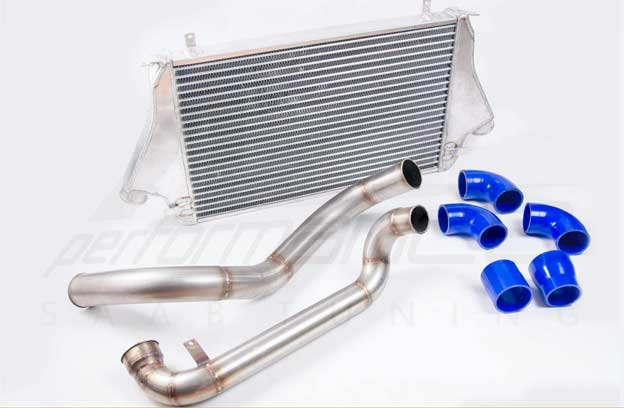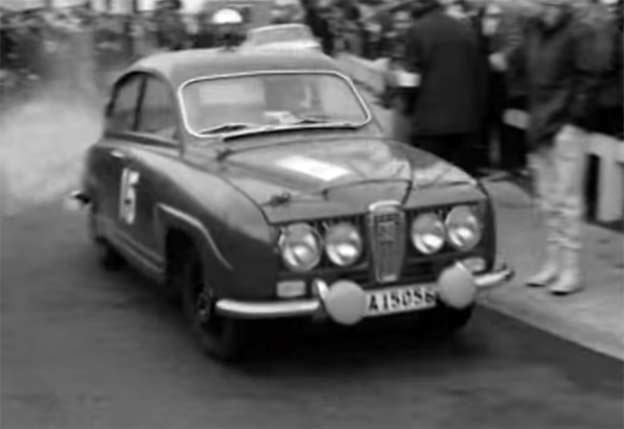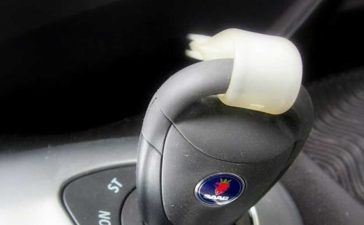In the realm of corporate presentations, one story stands out as an exemplar of innovation and spectacle—the captivating world of SAAB automotive advertising. In 1987, against a backdrop of clacking slides and grandeur, SAAB redefined the art of presentation, leaving an indelible mark on the history of corporate communication.
As the champagne flowed and the sound system roared, the stage was set for a groundbreaking moment in the world of presentations. The year was 1987, and the audience of 2,500 dignitaries and VIPs gathered in awe at the Hotel Regina, witnessing an hourlong operetta that would forever alter the perception of corporate presentations. Onstage, a lavish ensemble, including the Stockholm Philharmonic, dancers, and performers, enveloped a pair of SAAB 9000CD sedans.
Towering above them, a colossal 26-foot-tall screen displayed a mesmerizing cascade of images, revealing chrome details, leather seats, and open roads. This was no ordinary presentation—it was a multi-image masterpiece, a symphony of nearly 7,000 film slides orchestrated by 80 synchronized Kodak projectors.
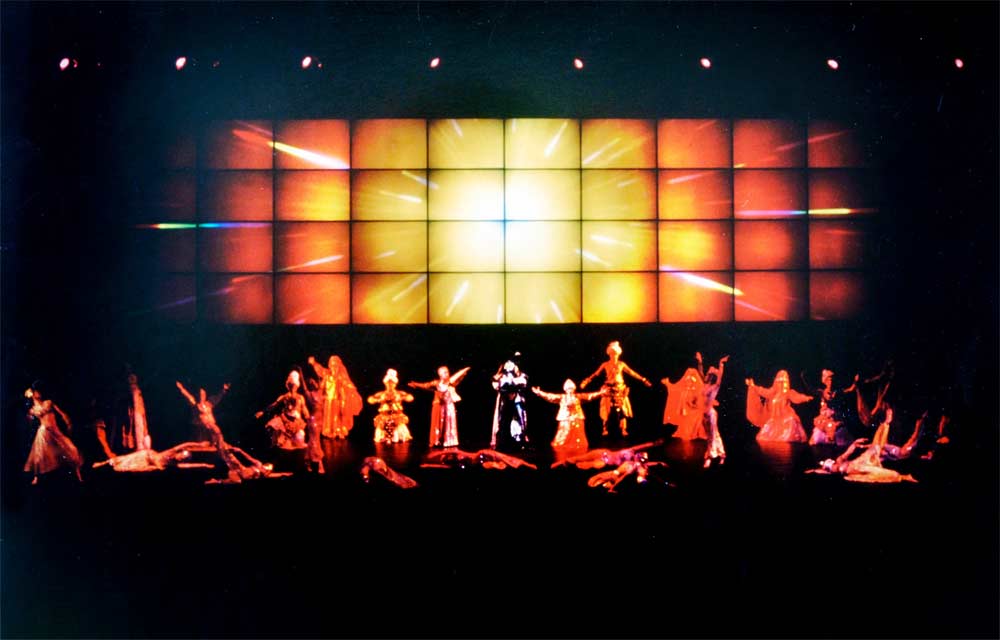
The SAAB spectacle was a culmination of a bygone era—the golden age of 35-millimeter film slides. Prior to the advent of PowerPoint and digital projectors, slides held the key to high-impact presentations, particularly for CEOs and industry leaders. These presentations were grand, requiring meticulous production, creative direction, and technical prowess.
Douglas Mesney, a luminary in the field, crafted awe-inspiring shows that utilized up to 100 projectors, constructing seamless panoramas and dynamic animations. The risks were high, but the rewards were monumental, as his shows dazzled audiences and elevated corporate messaging to an art form.
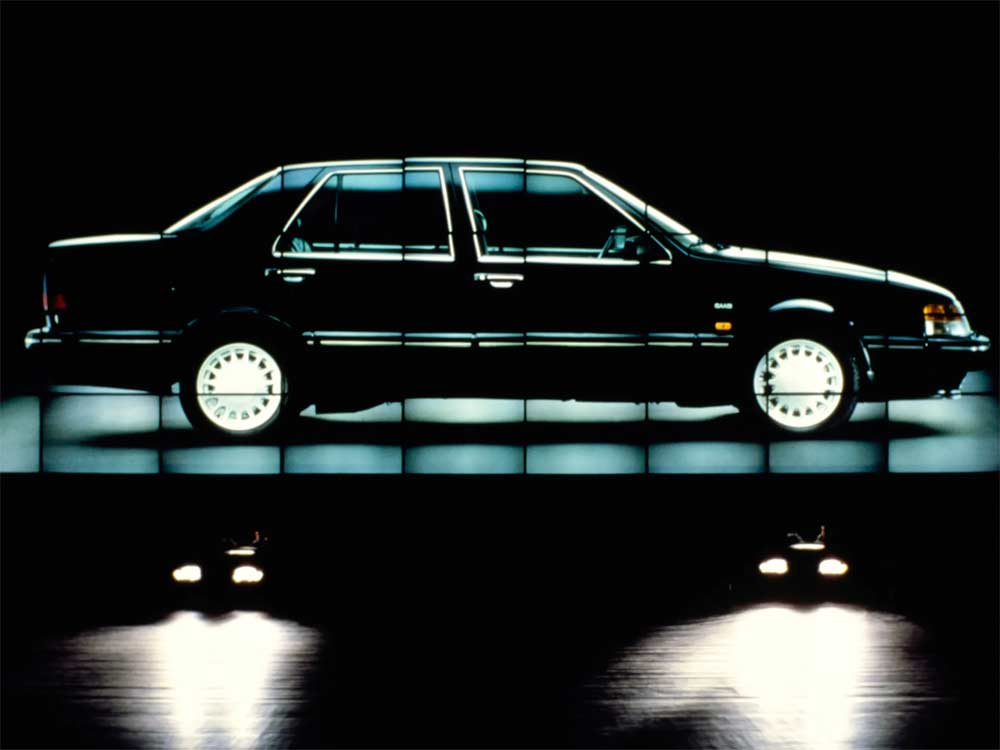
The Association for Multi-Image, a burgeoning trade association, burgeoned with over 5,000 members at its zenith in the mid-1980s. With its festivals and trade magazines, it celebrated the convergence of analog and high-tech creativity. Yet, the curtain fell all too soon. The once-thriving industry, which thrived at the intersection of innovation, faded away in just over two decades.
The curtain’s descent marked a paradigm shift. The era of analog dominance was waning, as the nascent PowerPoint emerged to reshape how presentations were conceived. In 1992, Robert Gaskins unveiled PowerPoint 3.0, a software that revolutionized communication by allowing presentations to be run off laptops, marking the dawning of the PowerPoint age. The software, initially aimed at empowering executives to produce their own visuals, soon proliferated and transformed the landscape of presentations.
However, alongside the praises, PowerPoint faced criticisms for homogenizing communication and inducing formulaic structures. Despite these detractors, PowerPoint’s influence became ubiquitous, from boardrooms to classrooms, sermons to weddings. Its scale was staggering, with Microsoft announcing its installation on over a billion computers worldwide.
Yet, the SAAB presentation remains a testament to the power of creativity and innovation in the world of corporate communication. It showcased the potential of presentations to transcend mere information dissemination and become immersive experiences that captivate audiences. The spectacle underscored that presentations are not merely about data, but also about creating connections, evoking emotions, and leaving a lasting impression.
As time marched forward, technological advancements reshaped the tools and platforms of presentation. The era of grand multi-image shows gave way to digital solutions, mirroring the broader trend in the tech world. Today, the legacy of these presentations lives on, even as the machines that once showcased them have been relegated to history.
The SAAB presentation serves as a reminder that behind every slide, every image, and every transition lies a narrative waiting to be told. It encapsulates the evolution of corporate presentations from static slideshows to immersive experiences, and the journey from Kodak projectors to PowerPoint software. It’s a story of innovation, ambition, and the constant pursuit of engaging and captivating audiences in the realm of business communication.






